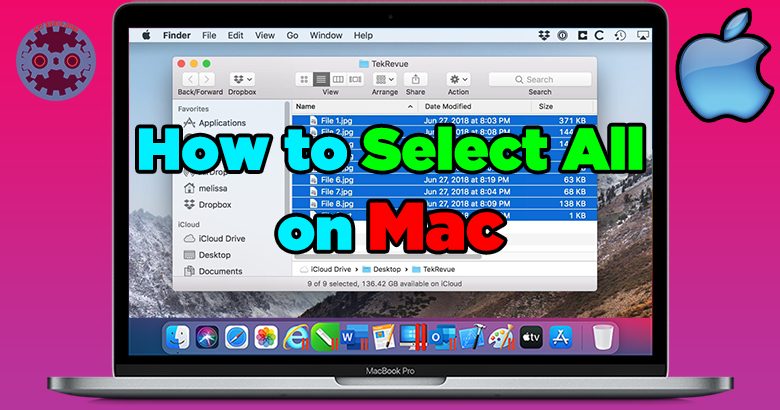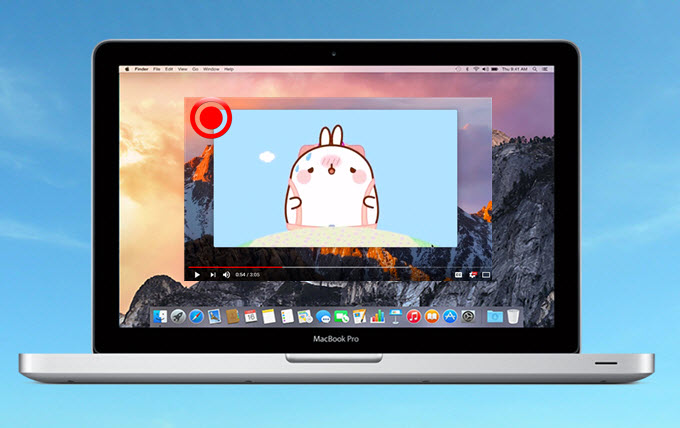How do I record a video on my MacBook? This is a common question that many Mac users have. Whether you want to create a tutorial, capture a memorable moment, or simply document your screen, recording a video on your MacBook is a simple and straightforward process. In this article, we will guide you through the steps of recording a video on your MacBook, so you can effortlessly create and share your own videos. So, if you’re ready to dive into the world of video recording on your MacBook, let’s get started!
Table of Contents
- 1 How Do I Record a Video on My MacBook?
- 2 Frequently Asked Questions
- 2.1 How do I record a video on my MacBook?
- 2.2 Can I record the entire screen or just a specific portion?
- 2.3 How do I record audio along with the video on my MacBook?
- 2.4 What file format does QuickTime Player save the recorded videos in?
- 2.5 Can I use a third-party application to record videos on my MacBook?
- 2.6 Is it possible to edit the recorded videos on my MacBook?
- 3 Final Thoughts
How Do I Record a Video on My MacBook?
Recording videos on a MacBook is a convenient and efficient way to capture important moments, create tutorials, or even start your own vlogging channel. Whether you’re a beginner or an experienced user, this guide will walk you through the various methods available for recording videos on your MacBook. From built-in applications to third-party software, we will explore the different options and help you choose the best one to meet your needs.
Using the Built-in Camera and QuickTime Player
MacBooks come equipped with a built-in FaceTime camera, which can be used to record videos using the native QuickTime Player application. Follow these steps to record a video using the built-in camera:
1. Launch the QuickTime Player application from your Applications folder or locate it through Spotlight search.
2. In the QuickTime Player menu, click on “File” and select “New Movie Recording.” Alternatively, you can use the keyboard shortcut Option + Command + N.
3. The FaceTime camera will automatically activate, and you will see a preview window. Position yourself or the subject of the video accordingly.
4. Click on the red record button to start recording the video. You can also adjust the recording quality by clicking on the arrow next to the record button and selecting the appropriate resolution.
5. When you’re finished recording, click on the stop button in the menu bar or use the keyboard shortcut Command + Control + Esc.
6. Save your video by selecting “File” and clicking on the “Save” option. Choose a name and destination for the file, and click on “Save” to store it on your MacBook.
Note: QuickTime Player offers basic recording capabilities and is suitable for simple video recordings. If you require more advanced features, such as screen recording or video editing, consider using third-party software alternatives discussed later in this article.
Using iMovie for Advanced Video Recording and Editing
If you want more control over your video recording and editing process, Apple’s iMovie is an excellent choice. iMovie is a powerful application that comes pre-installed on most MacBooks and offers a wide range of features for creating professional-grade videos. Follow these steps to record a video using iMovie:
1. Launch iMovie from your Applications folder or locate it using Spotlight search.
2. Click on the “Create New” button and select “Movie” from the drop-down menu.
3. Choose a project name and select the location where you want to save your project file.
4. Once your new project is created, click on the Import Media button to import any existing video clips or images you want to include in your video.
5. To start recording a video, click on the camera icon located in the toolbar. This will activate your MacBook’s built-in camera.
6. Position yourself or the subject of the video accordingly and click on the red record button to begin recording.
7. After finishing the recording, click on the stop button in the toolbar.
8. To edit your video, use the timeline at the bottom of the iMovie interface to trim, split, and arrange clips. You can also add transitions, titles, and effects by selecting the appropriate options from the toolbar.
9. Once you’ve completed the editing process, click on the “File” menu and select “Share” to export your video. Choose the desired video format and resolution, and save it to your preferred location.
Using Third-Party Software for Video Recording
While the built-in applications like QuickTime Player and iMovie provide sufficient features for most users, you might require more specialized tools for specific video recording needs. Here are a few popular third-party software options worth considering:
1. OBS Studio
OBS Studio is a free and open-source software widely used for live streaming and video recording. It offers advanced features like customizable scenes, transitions, and audio mixing. OBS Studio supports multiple video sources, including webcams, desktop capture, and media files.
To record a video with OBS Studio:
1. Download and install OBS Studio from the official website.
2. Launch OBS Studio and click on the “+” icon under the Sources box to add a video source.
3. Choose “Video Capture Device” and select your MacBook’s built-in camera as the source.
4. Configure the video settings according to your preferences.
5. Click on “Start Recording” in the Controls section to begin recording your video.
6. To stop recording, click on “Stop Recording” in the Controls section.
7. OBS Studio offers various settings to fine-tune your recording, such as video format, resolution, and frame rate. Adjust these settings as needed.
2. ScreenFlow
ScreenFlow is a comprehensive screen recording and editing software designed specifically for Mac users. It allows you to capture your entire screen, specific application windows, or just a portion of the screen. ScreenFlow offers advanced video editing tools, annotations, and support for multiple audio and video tracks.
To record a video with ScreenFlow:
1. Purchase and download ScreenFlow from the official website or through the Mac App Store.
2. Launch ScreenFlow and click on the “New Recording” button in the toolbar.
3. Select the desired recording area by clicking and dragging your cursor.
4. Click on the red record button to start recording.
5. When you’re finished recording, click on the stop button in the toolbar.
6. Edit your video using the built-in tools, such as trimming, adding transitions, or applying audio effects.
7. Once you’ve completed the editing process, click on the “File” menu and select “Export” to save your video in the preferred format.
Recording videos on your MacBook is a breeze with the available options, ranging from the built-in applications like QuickTime Player and iMovie to powerful third-party software like OBS Studio and ScreenFlow. Whether you’re a casual user or a professional content creator, there’s a solution to suit your needs. Experiment with different tools and find the one that best fits your requirements. Start capturing those precious moments, creating engaging content, or sharing your knowledge with the world. Happy recording!
How To Screen Record On Mac – Full Guide
Frequently Asked Questions
How do I record a video on my MacBook?
To record a video on your MacBook, you can use the built-in QuickTime Player application. Follow these steps:
Can I record the entire screen or just a specific portion?
You can choose to record the entire screen or just a specific portion using QuickTime Player. Here’s how:
How do I record audio along with the video on my MacBook?
If you want to record audio while capturing a video on your MacBook, you can do so with QuickTime Player. Here are the steps:
What file format does QuickTime Player save the recorded videos in?
When using QuickTime Player to record videos on your MacBook, it saves them in the .mov file format by default.
Can I use a third-party application to record videos on my MacBook?
Yes, there are several third-party applications available for recording videos on a MacBook. Some popular options include OBS Studio, Camtasia, and ScreenFlow.
Is it possible to edit the recorded videos on my MacBook?
Yes, once you have recorded a video on your MacBook using QuickTime Player or any other software, you can edit it using video editing applications like iMovie, Final Cut Pro, or Adobe Premiere Pro.
Final Thoughts
Recording a video on your MacBook is a simple and straightforward process. Firstly, open the QuickTime Player application on your device. Then, select the “New Movie Recording” option from the menu. A recording window will appear, and you can adjust settings like video quality and audio source. Once you’re ready, click the record button to start capturing your video. After recording, click the stop button, and the video will be saved automatically. So, if you’re wondering, “How do I record a video on my MacBook?”, follow these steps, and you’ll be recording in no time.

